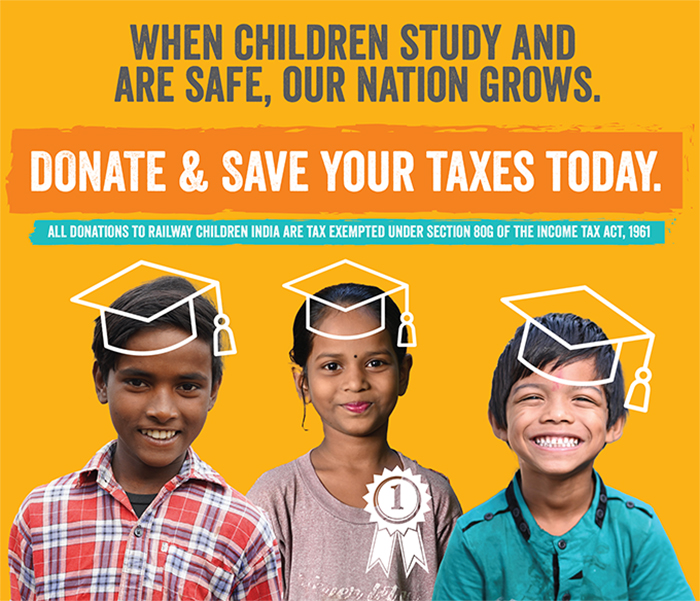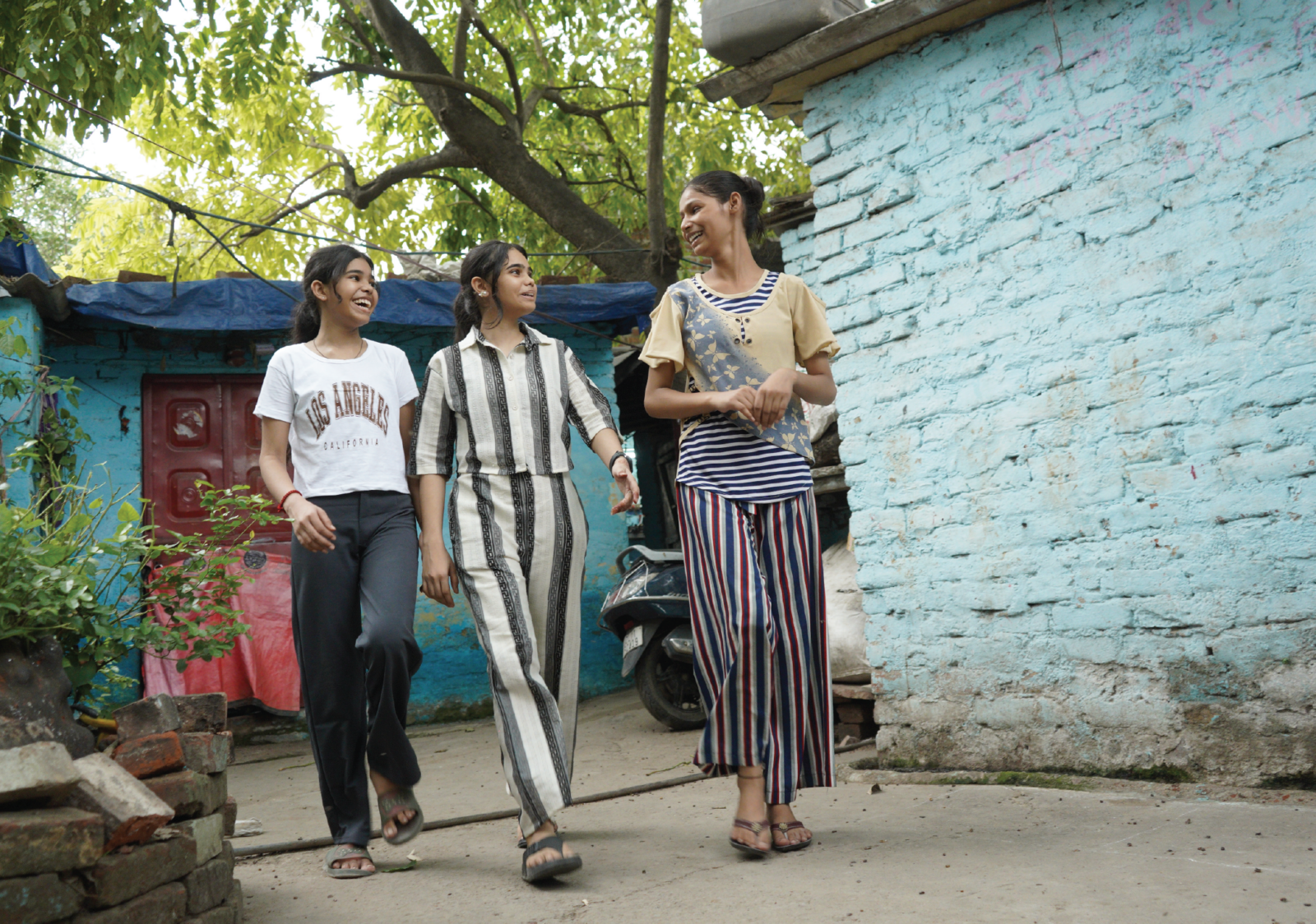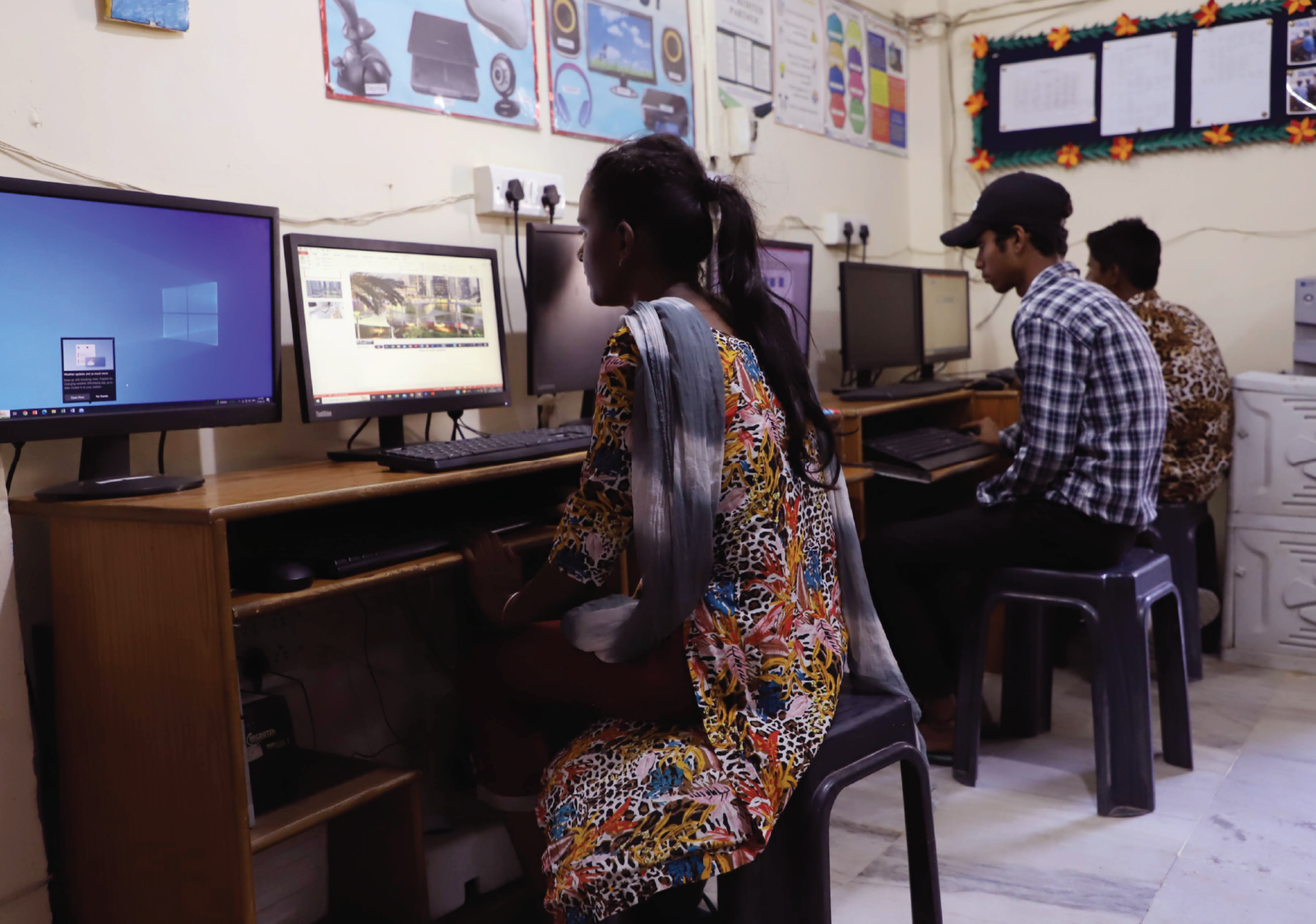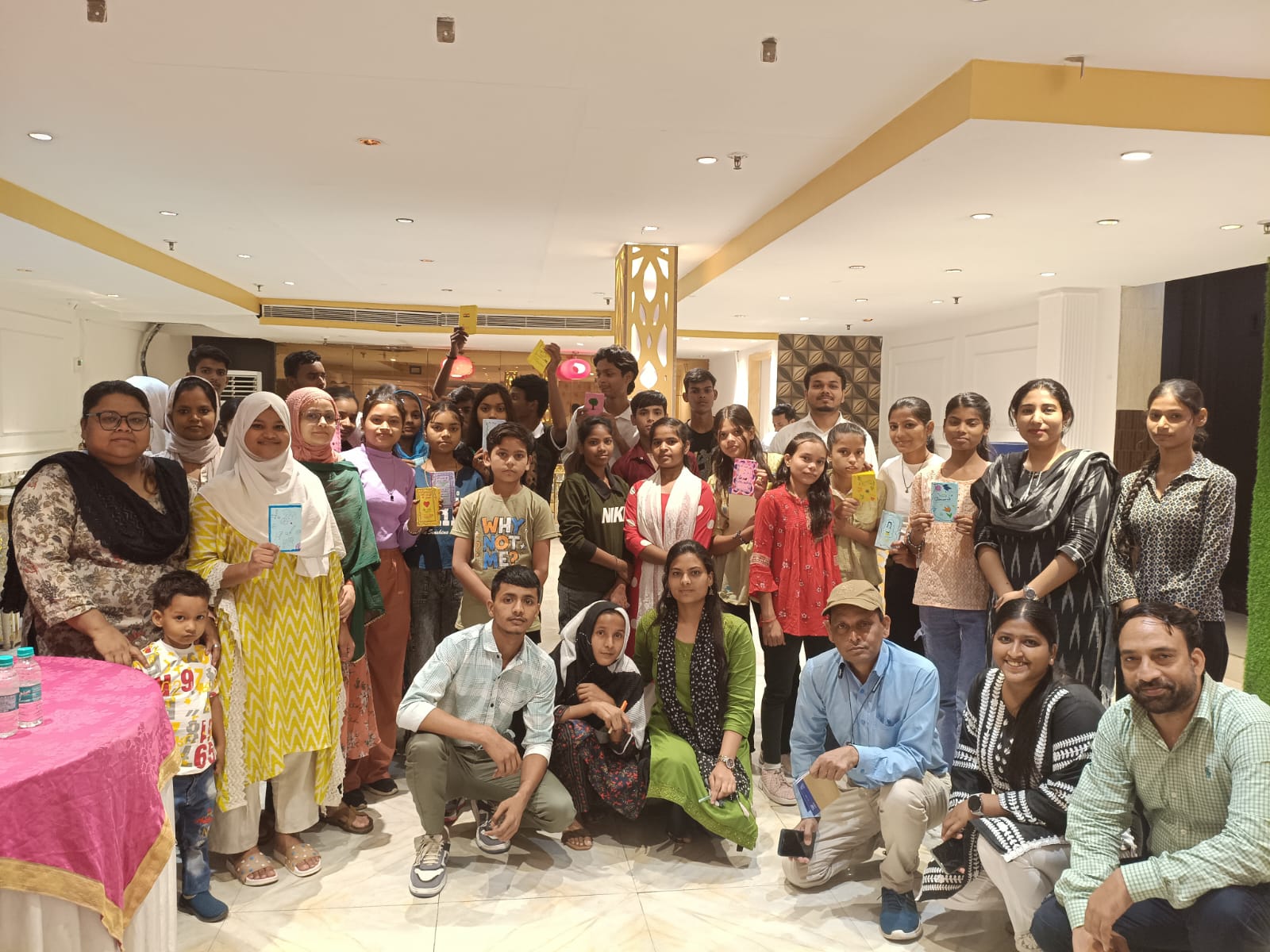“When no voice is too small or unimportant to be heard, only then, can we be a democracy in the true sense of the word,” says Stalin K. of Video Volunteers, ringing with their belief that marginalized citizens have as much of a right to be seen and heard as the privileged do.
Using media and storytelling as their central medium, Video Volunteers works with marginalised communities across India to come forward and tell their stories on issues relevant and important to them, within their communities, lending to the overall discourse in India’s development.
In India where 70% of the population lives in rural areas, the mainstream media covers only 2% of the content. This is where platforms like video volunteers come play an integral role – to tell the untold stories and give the voiceless a voice. As one of India’s only reporting network that focusses on issues faced by people, with content created by the people, it helps shed light on the media dark villages and cities of India.
Video Volunteers have impacted over 3.5 million people, engaged with 180000 community members and has produced 4000 videos till date. Encouraging creativity and enhanced local knowledge, every community has access to journalists whose loyalty is to the community, giving them access to solutions they want – on their rights, on government programs, on jobs and community issues.
A key outcome of the issues identified within communities has been those of children. Here’s some of them:
1.LACK OF ANGANWADI SERVICES FOR CHILDREN
The anganwadi centres are supposed to provide basic healthcare services to the children and the mothers, but the people of Sahakar Nagar, Bhimwadi, Nasik are deprived of these services. The two anganwadi centres have a strength of 100 children, 15 pregnant women and 20 nursing mothers who are not provided with any of the services due to the absence of the workers. During further enquiry the workers denied any such reports and threatened them, asking to leave.
2.CHILD LABOUR STILL PERSISTS
Despite the Child Labour (Prohibition and Regulation) Act, there are 10.1 million working children between the ages of 5 to 14 in India. The problem of child labour continues to be tolerated and accepted and poses as a challenge before our government. With lack of proper education, hunger issues and poverty the children are left with no other option than going to work. It was found that under the government contract given for the refurbishing of Telibagh cemetery, five children from poor families were working.
3.EDUCATING GIRLS ON MENSTRUAL HYGIENE
Menstruation is a natural phenomenon which occurs in girls and women yet there is still an embarrassment among the people to talk about it. To eliminate this confusion and discomfort among the people, an organisation in Varanasi, Muheem-ek sarthak prayas was founded. The idea is to initiate communication, create awareness, busting myths and talk about menstrual health and hygiene. Also, they provide sanitary pads in the rural areas, teach the girls and women to make sanitary pads and make the resources available so that they become an independent person and not rely on others.
4.CHILD AT RISK OF BEING TRAFFICKED
Poverty is one of the main reasons of child trafficking as the people fall prey to tempting offers and children are the most vulnerable to exploitation. Raghu a 16-year-old boy from Bihar was sent to Hyderabad to work in a bangle factory but then later was rescued by the police in a raid to stop child labour. His father said that he was promised Rs.2000 but was given only Rs.500 for 3 months and Rs.40 for food. In Bihar, as per the rehabilitation program for trafficking victims, they are eligible for Rs.25000, but Raghu’s family still hasn’t received any financial support from the government, while keeping them exposed to the risk of being trafficked again.
5.TRIBAL CHILDREN DEPRIVED OF DIGITAL LITERACY
Digital school is a teacher-led community, an initiative by the government aiming to transform the learning techniques through digital equipment for the students. The two primary schools at Mukhdi baripada and danel hasteinpada have been declared as ‘Digital School” by the administration since 2018. However, upon investigating our community correspondent found that the two schools have no electricity and digital elements and it operates in a rented house made of bamboo. The two schools currently benefit 33 children each but were deprived of digital learning and the villagers being illiterate, had no idea about this issue.







